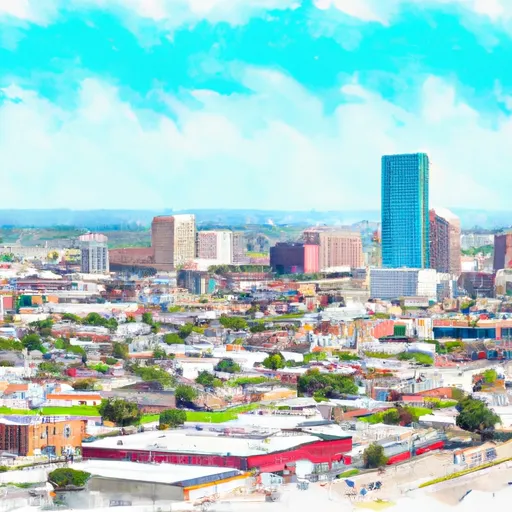°F
°F
mph
Windspeed
%
Humidity











San Juan is a vibrant city located in Hidalgo County, Texas. Its climate is characterized by hot summers and mild winters, typical of a subtropical region. Summers are usually hot and humid, with temperatures ranging from the mid-90s to low 100s Fahrenheit. Winters are mild, with temperatures averaging in the 60s and rarely dropping below freezing. The region receives a moderate amount of rainfall throughout the year, with the wettest months occurring from May to October.
San Juan benefits from its proximity to the Rio Grande River, providing a variety of hydrology constituents. The river offers opportunities for fishing, boating, and birdwatching. Additionally, San Juan is known for its abundance of citrus groves, which thrive due to the hydrology characteristics in the region.
For outdoor enthusiasts, San Juan offers a range of recreational activities. The city has numerous parks and green spaces, perfect for picnicking, walking, and jogging. The nearby Anzalduas Park presents opportunities for camping, hiking, and birdwatching along the Rio Grande. Furthermore, the nearby Bentsen-Rio Grande Valley State Park is a haven for nature lovers, boasting diverse wildlife, including over 300 bird species, making it a popular destination for birdwatching and wildlife photography. With its favorable climate and natural surroundings, San Juan provides a wide array of outdoor recreation opportunities for residents and visitors alike.
Weather Forecast
San-Juan receives approximately 543mm of rain per year, with humidity levels near 90% and air temperatures averaging around 24°C. San-Juan has a plant hardyness factor of 9, meaning plants and agriculture in this region tend to thrive here all year round.



